Karasuma Bar Yokocho is closed permanently.
First of all, what is even a yokocho (横丁)? A yokocho is an alley bordered by small izakaya, these bars/restaurants are similar to the concept of tapas: a place to have a drink and grab small portions of delicious food. These alleys started appearing in Japanese cities at the end of World War II. Yokocho (横丁) were originally black markets called yamiichi (闇市), created as a form of resistance to the unique Japanese culture in a context of food shortage and US occupation under the Showa era. The Kanji ‘丁(cho)’ literally means ‘encountering‘ or ‘crossing,’ which is very close to tapas in Spain, where people of all generations and styles get together and interact in a relaxed atmosphere.
Nowadays, yokocho bars are where you sit (or stand) at the counter, elbow to elbow with your neighbours, where conversations spontaneously engage with other customers or the owner. Usually, people don’t just stop at one stall but rather do it “pub crawl” style: “はしご酒する” (hashigo zake suru, literally meaning “going up the alcohol ladder”). Frequent customers have long been mainly men of a certain age, mostly regulars. But these last few years, yokocho are seeing a growth in popularity and are starting to open to women, younger people and even tourists.
- What is Karasuma Bar Yokocho?
- The Top Ten Bars to Visit at Karasuma Bar Yokocho
- 1. Breaded and Fried Skewers at Aiyo !!
- 2. Craft Beers at Pub Sanjo St.
- 3. Nepalese cuisine at Mt Everest
- 4. Yakiniku Grilled Beef Stand at Kihara
- 5. Korean cuisine at Po Cha
- 6. Gyoza at Shiroya バル (Shiroya Bar)
- 7. Spanish Cuisine at Feliz Pequeña
- 8. Italian cuisine at Feliz Piccola
- 9. Japanese Regional specialities at Rurubu Kitchen (るるぶ キッチン)
- 10. Smoked specialities at Smoke Star
- How to get to Karasuma Bar Yokocho de Kyoto ?
- A voice from Bar Yokocho
What is Karasuma Bar Yokocho?
Surfing on that trend, new kinds of yokocho are popping up, more modern and less exclusive, offering wide-ranging menus to a younger, more international crowd. It is in that context that Karasuma Bar Yokocho (烏丸バル横丁) opened its doors in 2017 in Kyoto. By mixing the izakaya culture with the tapas one, the place offers a new kind of experience that is in keeping with the times.
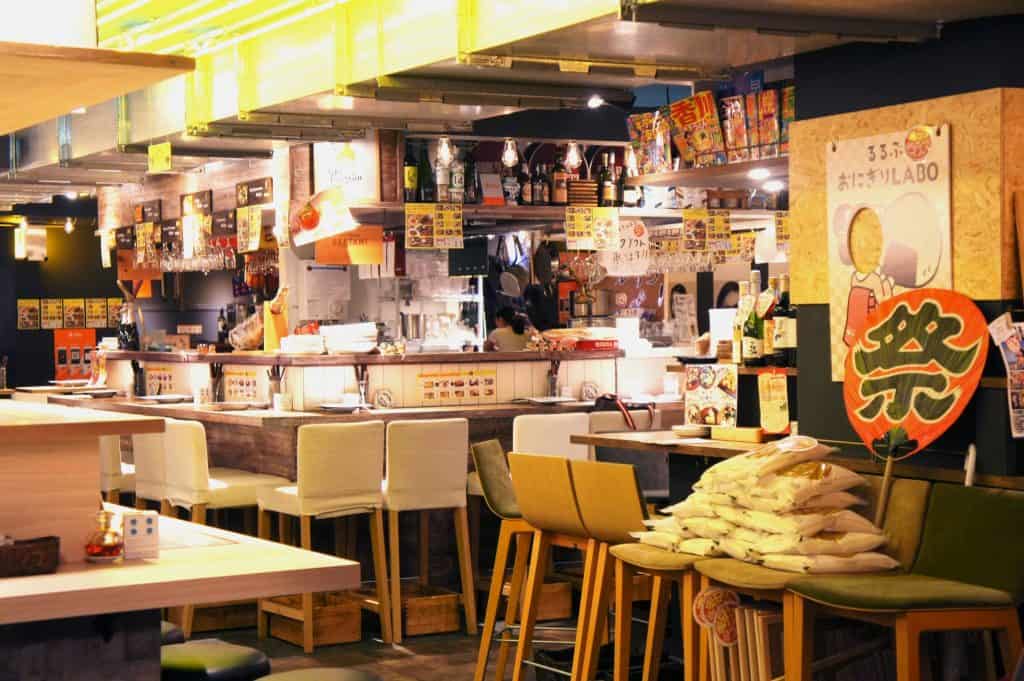
The Top Ten Bars to Visit at Karasuma Bar Yokocho
The mission I was entrusted with, and that I gladly accepted, was to experience that “はしご酒” (Hashigo Zake) culture by trying out the restaurants of this new generation of yokocho: ten restaurants, ten different types of cuisine and ten different atmospheres.
1. Breaded and Fried Skewers at Aiyo !!
Let’s start with a Aiyo!! (あいよっ!!)kushikatsu restaurant, a speciality from Osaka. These are breaded and fried skewers that you usually dip in a specific sauce (close to a Worcester sauce). The ambience at this counter is similar to an izakaya’s, with the walls covered in sake labels.
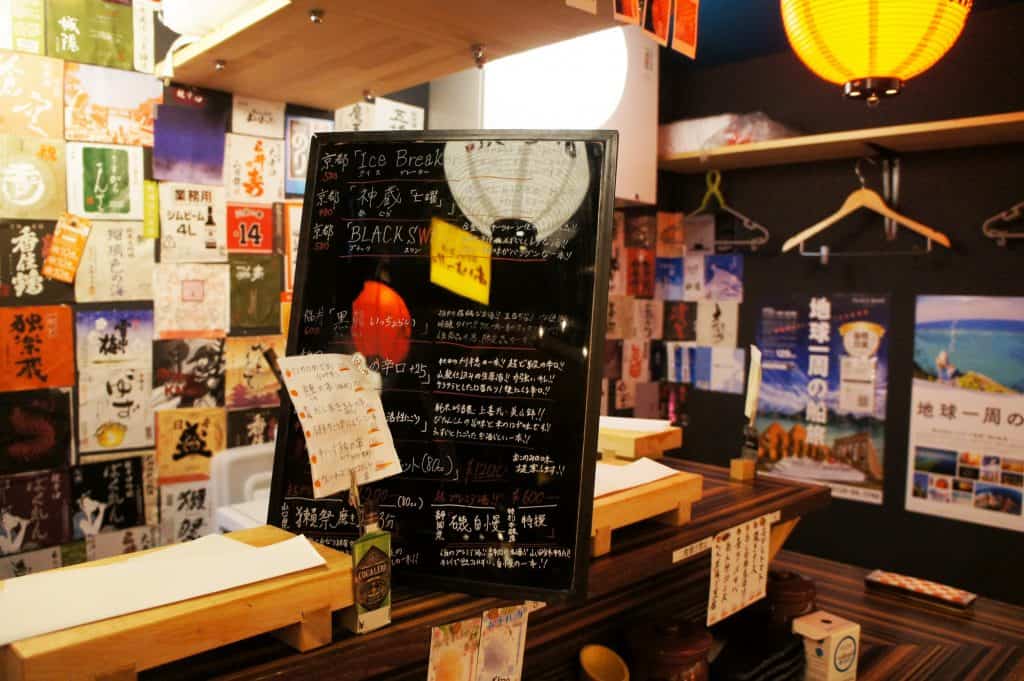
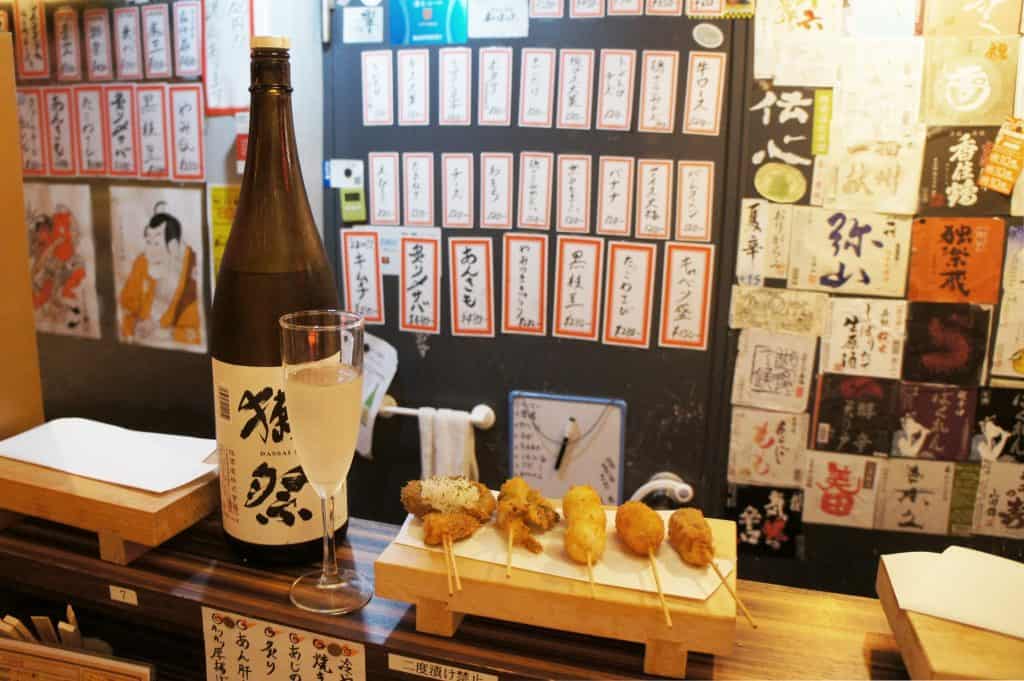
On the menu, from left to right: shiitake mushrooms, kisu fish with shiso, quail eggs, pork loin with ôba (a kind of shiso) and beef loin. They were all delicious and quite crusty, with subtle flavours.
The glass of sake served to pair with the food came from the Dassai brewery, a sake house that only produces high-standard sakes. Their established reputation was confirmed with a tasting: an excellent sake, both very delicate and fruity.
2. Craft Beers at Pub Sanjo St.
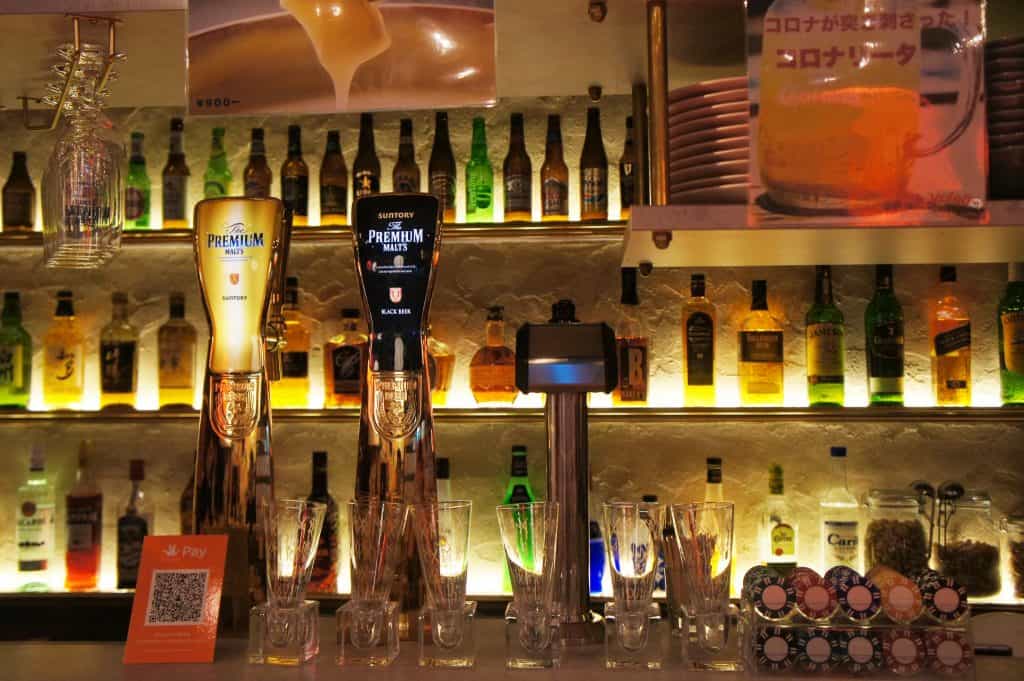
Take a 180° turn, and there you will find the next counter: a modern pub serving a large selection of craft beers and various dishes, from a simple plate of almonds to fish and chips.
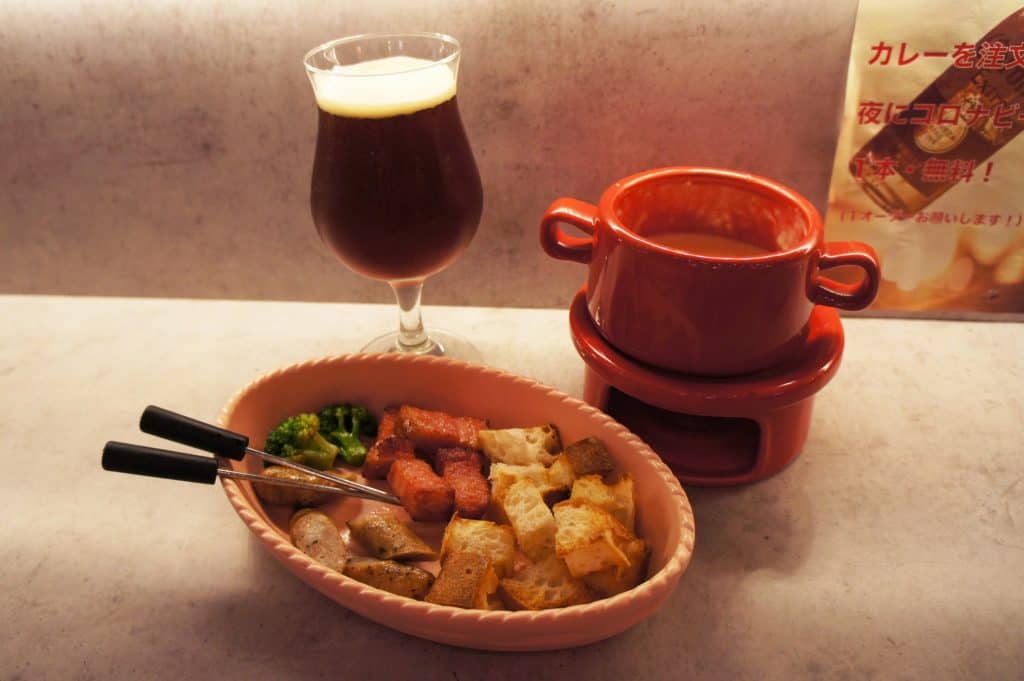
Following the bartender’s advice, we tasted a Kizakura Ruby Ale. A beer brewed by Kizakura, a sake house located in the Fushimi district in Kyoto, with the same water they use for their sake. It is slightly spicy, with a mix of sweet and sour flavours, and seems relatively light, even though it is a 7% beer.
It was served to us with a cheese fondue accompanied by bread toasts, broccolis, thick pieces of bacon and sausages with pork from Kyoto and basil.
3. Nepalese cuisine at Mt Everest
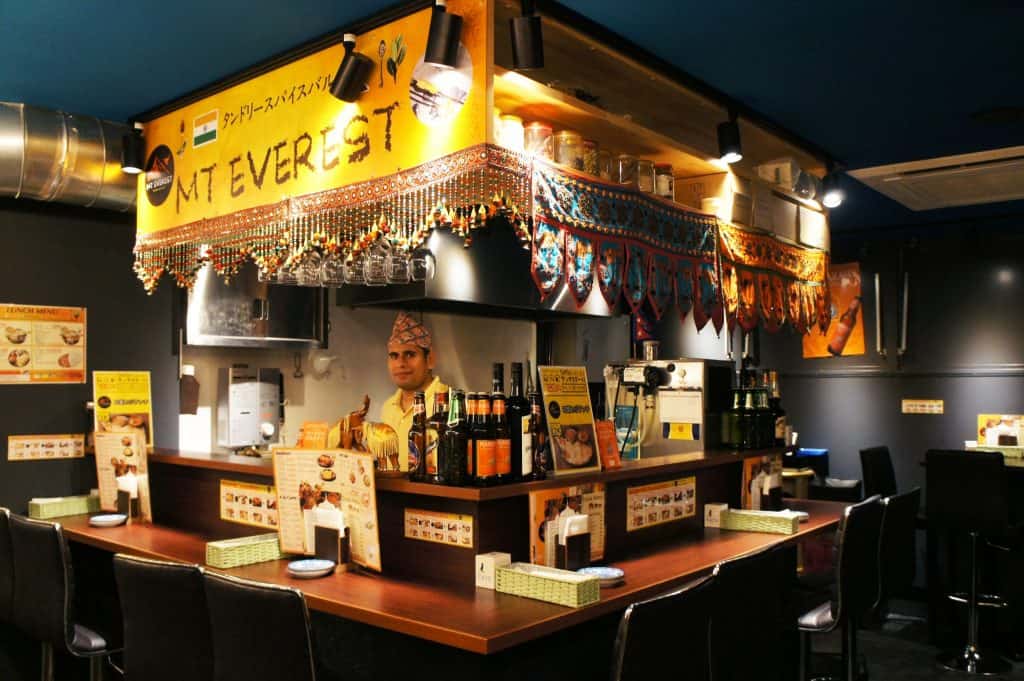
The culinary exploration goes on at the Nepalese counter, which serves curry, nan, tandoori… A delightful smell will get you there, where the staff speaks English and will gladly answer all your questions.
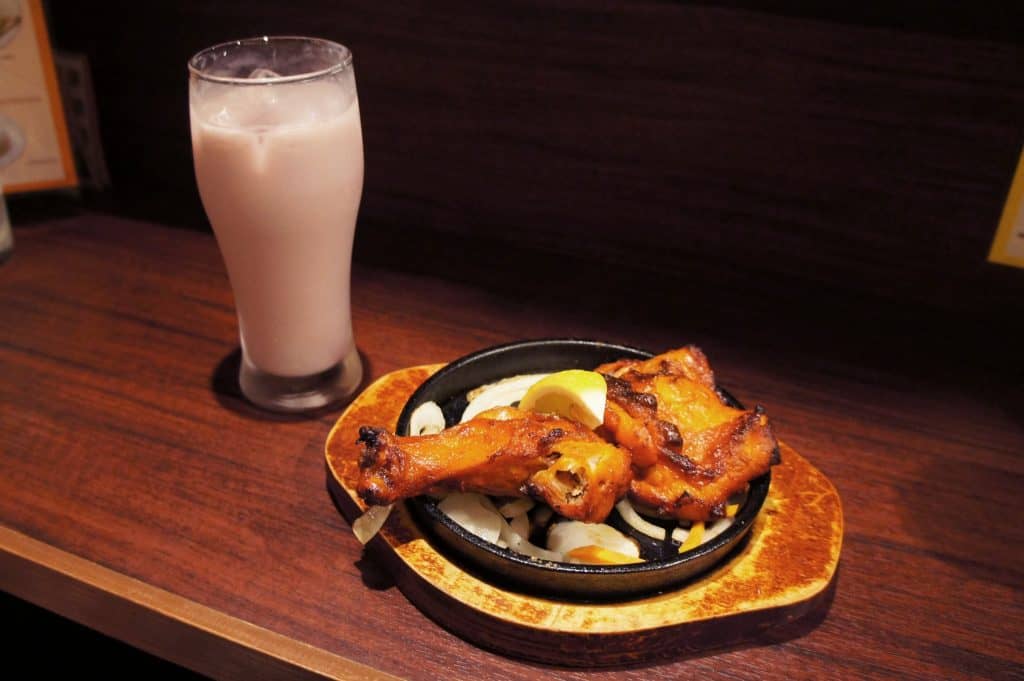
We are served a delicious, burning hot tandoori chicken, prepared with the perfect amount of spices and accompanied by a blackcurrant cream lassi: soft, sweet and slightly tangy. The combination might seem surprising, and there are other options to choose from, such as wine or beers from India, but I personally loved the contrast.
4. Yakiniku Grilled Beef Stand at Kihara
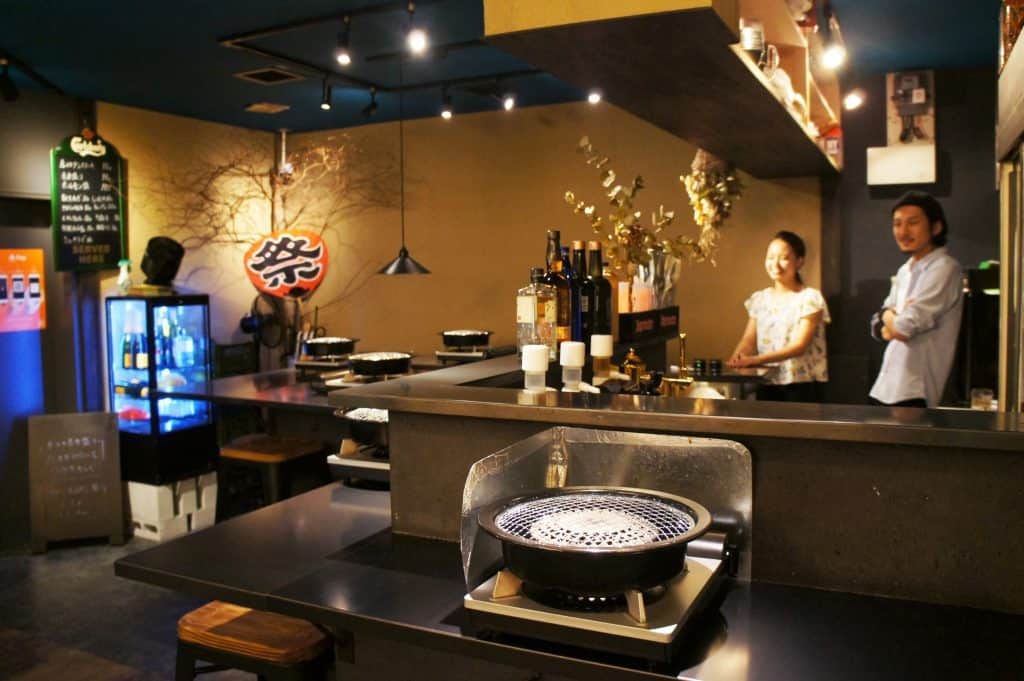
The word “yakiniku“ simply means “grilled meat”. In yakiniku restaurants, raw ingredients are brought to your table – equipped with a grill – and you can cook them at your own pace and preferences. This time, we are seated directly at the counter in a minimal, elegant decor.
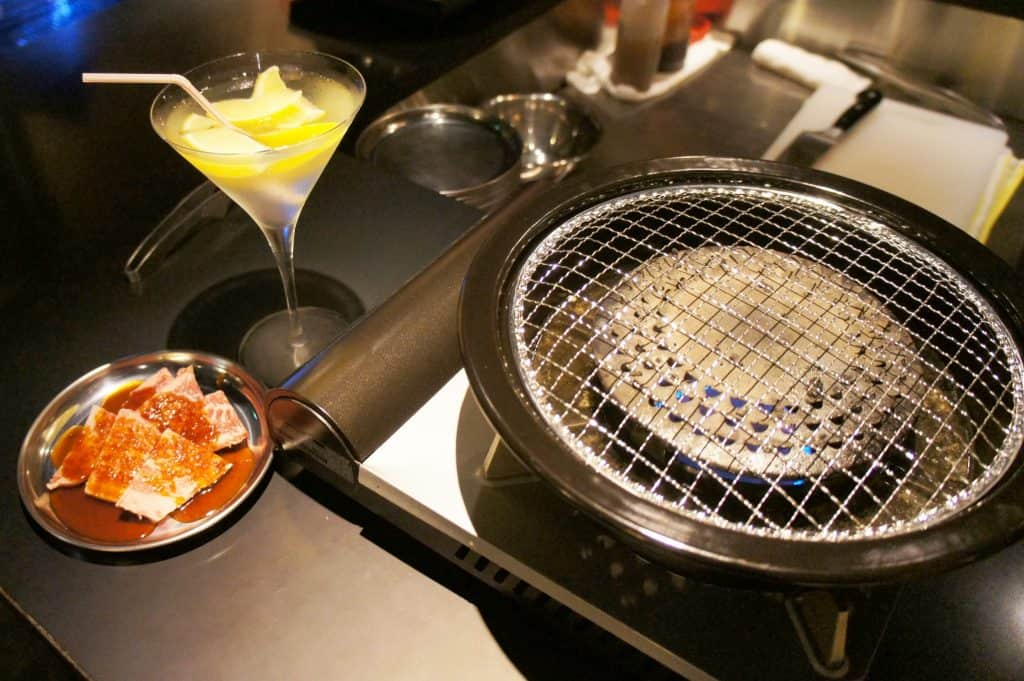
Beef tongue is one of the specialities here, but I prefer asking the chef’s advice for a more classic kind of meat. He offers us wagyu beef (the same kind of Japanese beef as the famous Kobe beef): beef loin from Tamba (Kyoto prefecture) with an incredibly melting texture, and beef rib from Hida (Gifu prefecture), soft and juicy, with a more pronounced taste.
We were served a Lemon Sour, a cocktail made of shochu alcohol, Hi-Sour soda and fresh lemon juice. A very popular drink in Japanese bars as it is refreshing and ideal to pair with a dish of grilled meat.
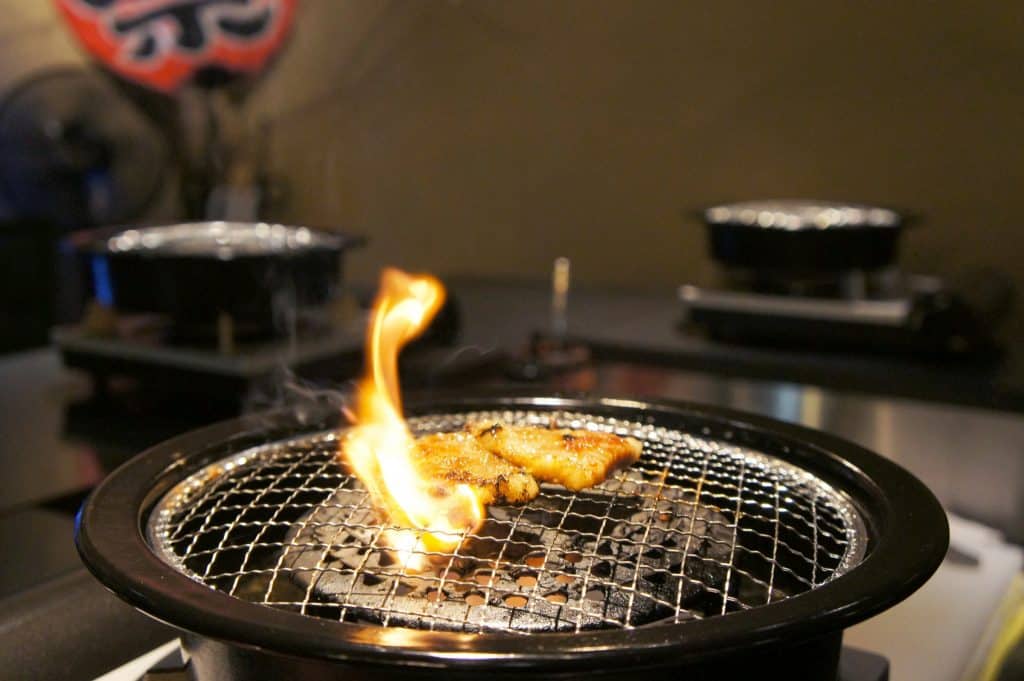
5. Korean cuisine at Po Cha
With the next counter, we travel to a neighboring country: Korea. When looking up, you can see a few aluminium kettles hanging. These are traditionally used to serve Makgeolli.
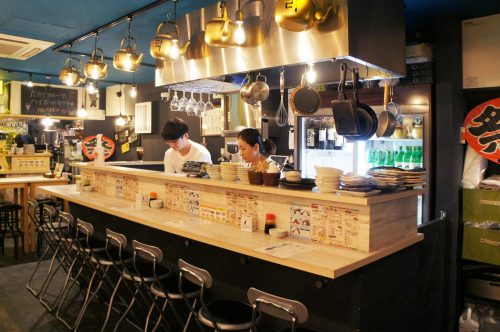
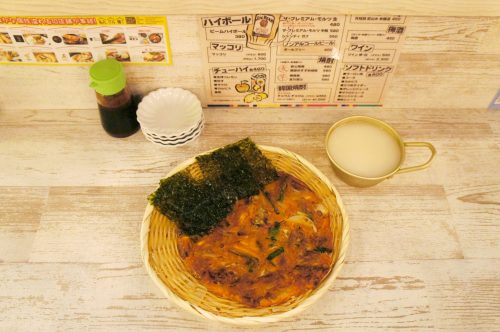
But what is Makgeolli, you may wonder (pronounced makkori in Japanese)? It is a Korean alcohol made from rice. With a milky aspect, it tastes rather sweet and tangy, slightly fizzing in your mouth. We drank this while tasting a chijimi (a sort of savory pancake which is very popular in Japan) filled with kimchi. It was perfectly grilled and spiced: a delight.
6. Gyoza at Shiroya バル (Shiroya Bar)
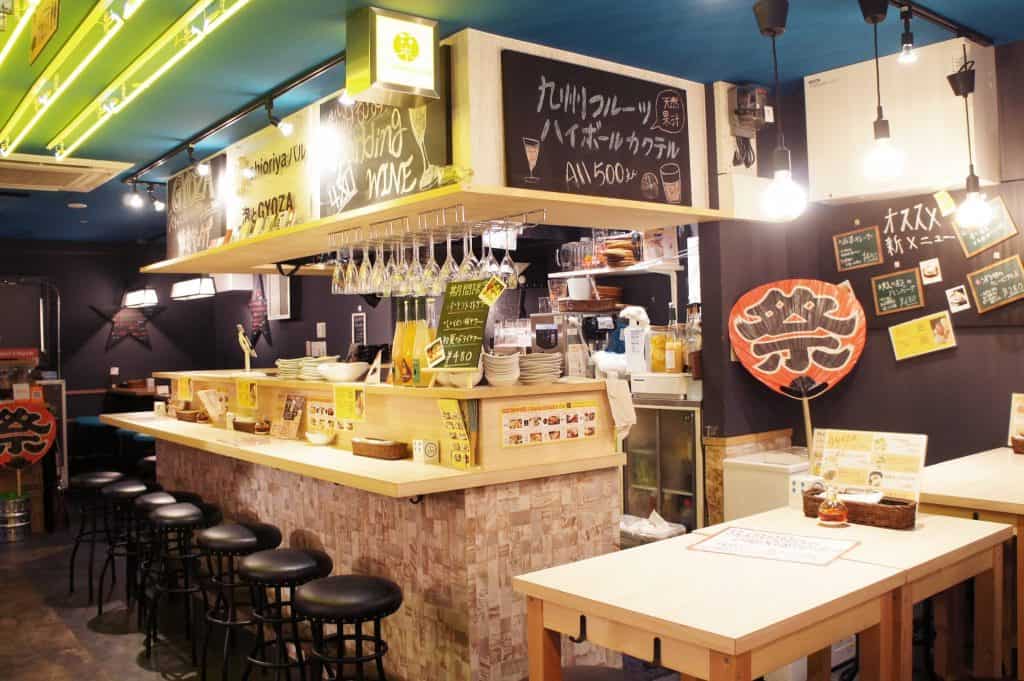
And we are back in Japan with the next counter, serving a dish originally from China: gyoza. These pork meat-filled ravioli have completely been integrated into the Japanese culinary culture — so much so that they became a staple of it.
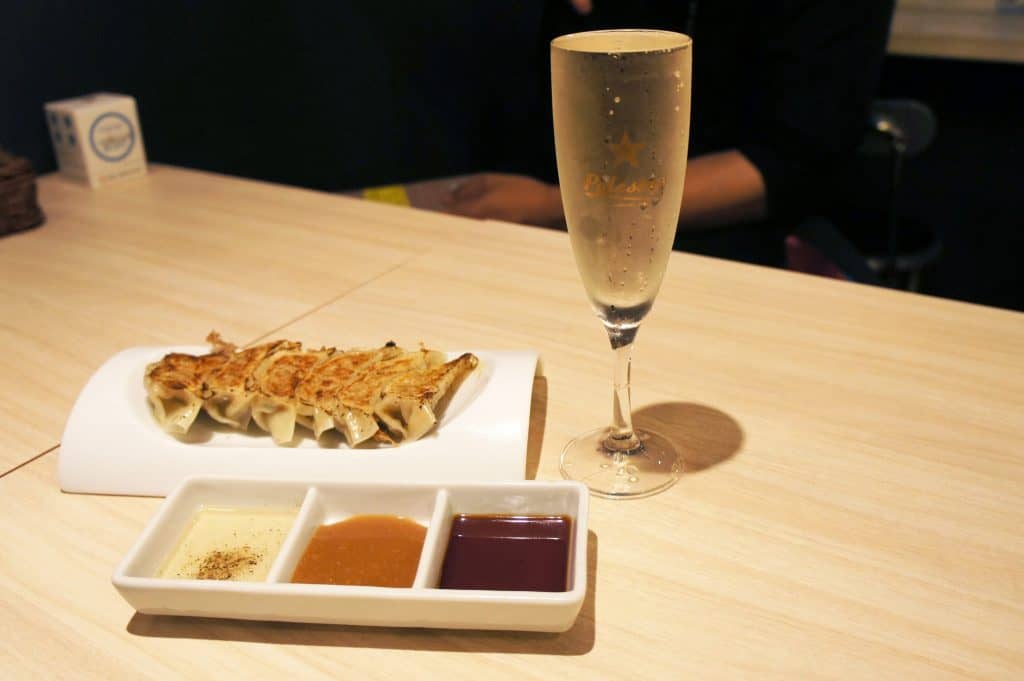
We had them “yaki” style, meaning grilled. These gyoza have the particularity of being prepared without any garlic but using a lot of ginger, which changes the taste while remaining tasty. They are served with vinegar and pepper, ginger and miso, and soy sauce. To top it all off, we are served a glass filled to the top with Japanese sparkling wine. A rather aromatic wine, quite fruity and refreshing.
7. Spanish Cuisine at Feliz Pequeña
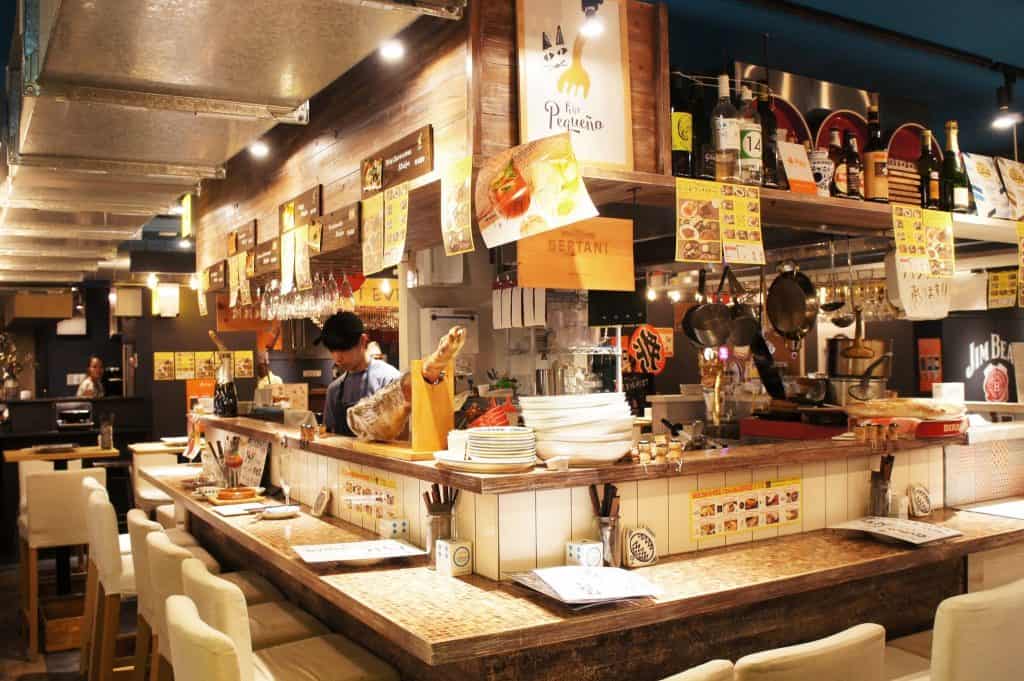
The culinary world tour continues with the counter of a country that shares with Japan the culture of sharing small tasty dishes while enjoying a drink: Spain.
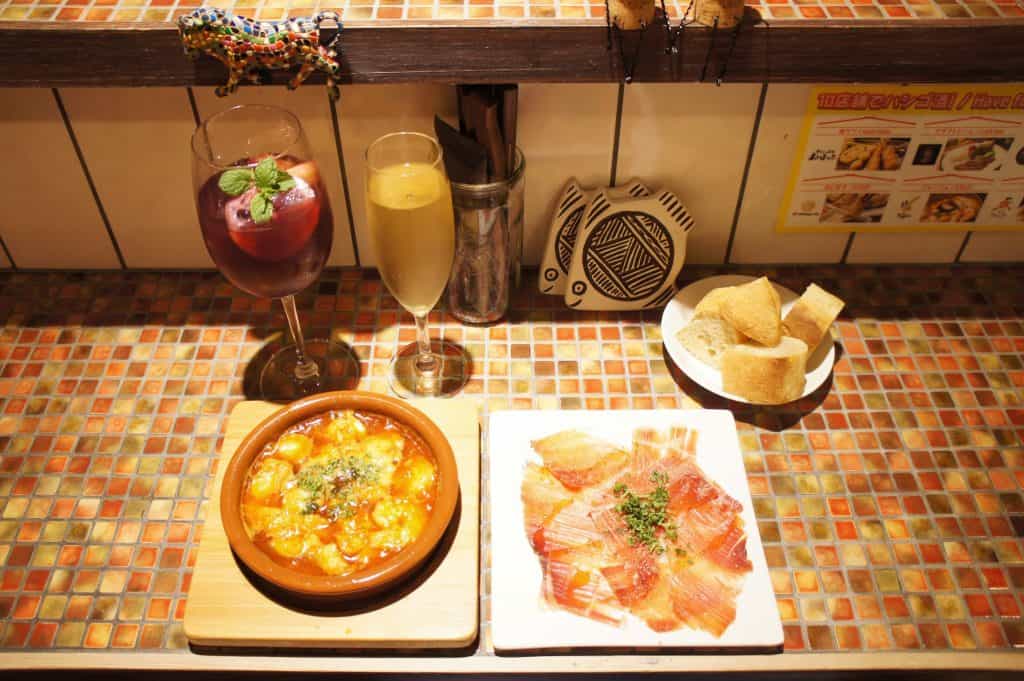
We get to taste seafood prepared “al ajillo”, meaning it is seasoned with garlic, olive oil and paprika, as well a Serrano ham finely sliced by hand and served with fresh bread. All of this accompanied by a glass of sangria and some sparkling white grape juice… a truly enjoyable taste of Europe right in the middle of Kyoto!
8. Italian cuisine at Feliz Piccola
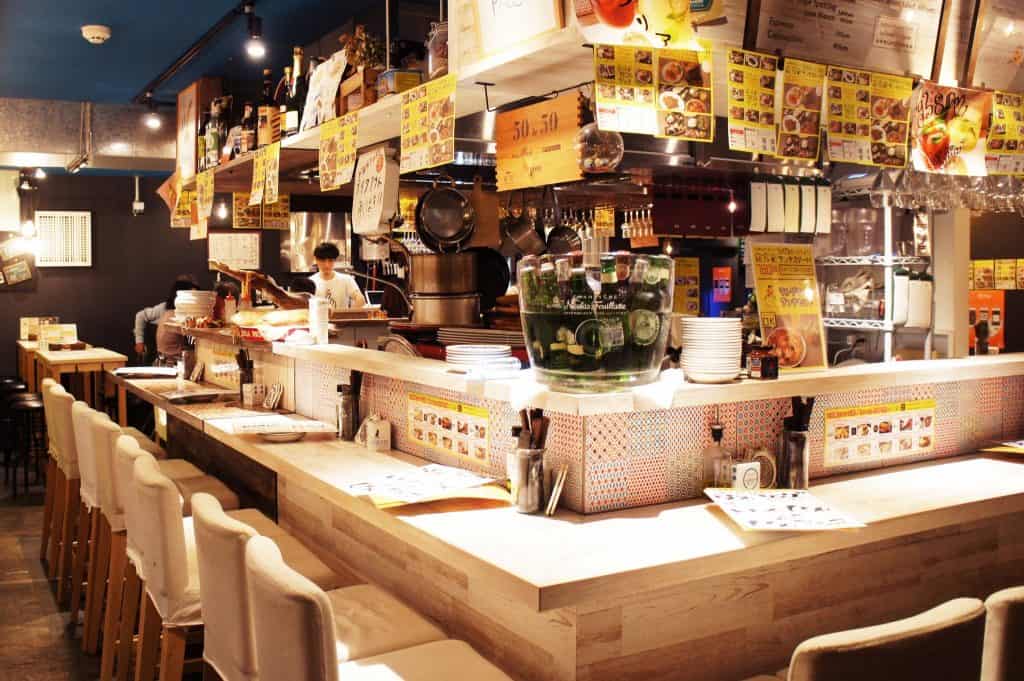
The exploration of Southern Europe continues with Italy, on the opposite side of the same counter.
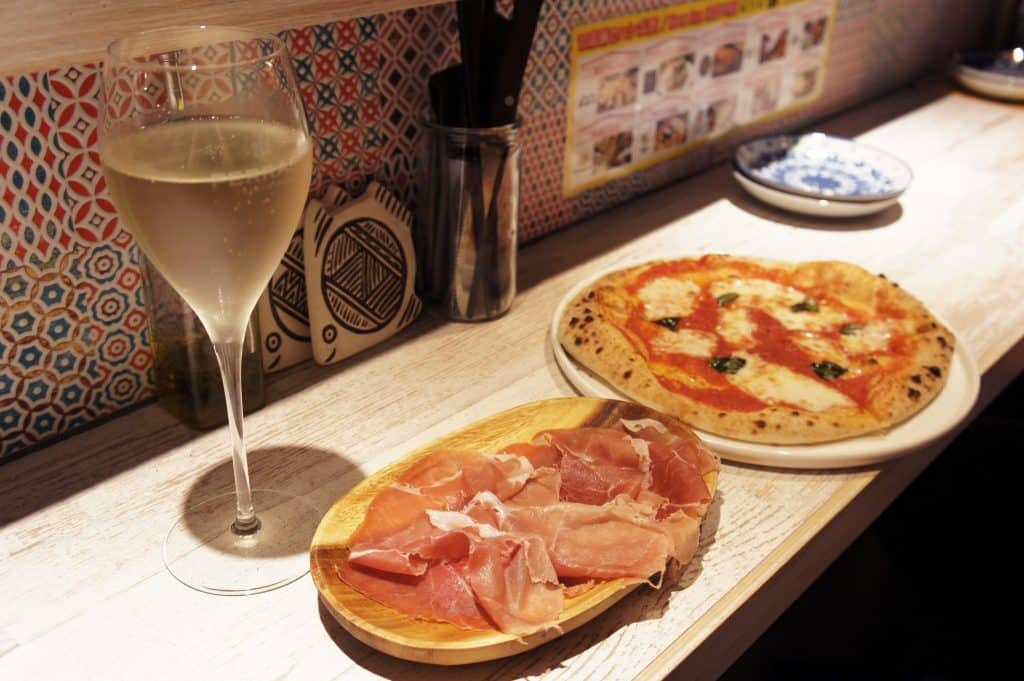
Here again, we get to taste a bit of cured ham. But this time, a prosciutto di Parma has been carefully selected and finely sliced with a cleaver to give it the perfect texture and enhance its taste. And, of course, you cannot get Italian food without a good old pizza. This one had the perfect crust, very thin and crispy. All of it was accompanied by a glass of sparkling Italian wine.
9. Japanese Regional specialities at Rurubu Kitchen (るるぶ キッチン)

My personal favourite was the counter of the travel magazine “るるぶトラベル” (Rurubu Travel), highlighting various local specialities from all over Japan in cuisine inspired by Europe.
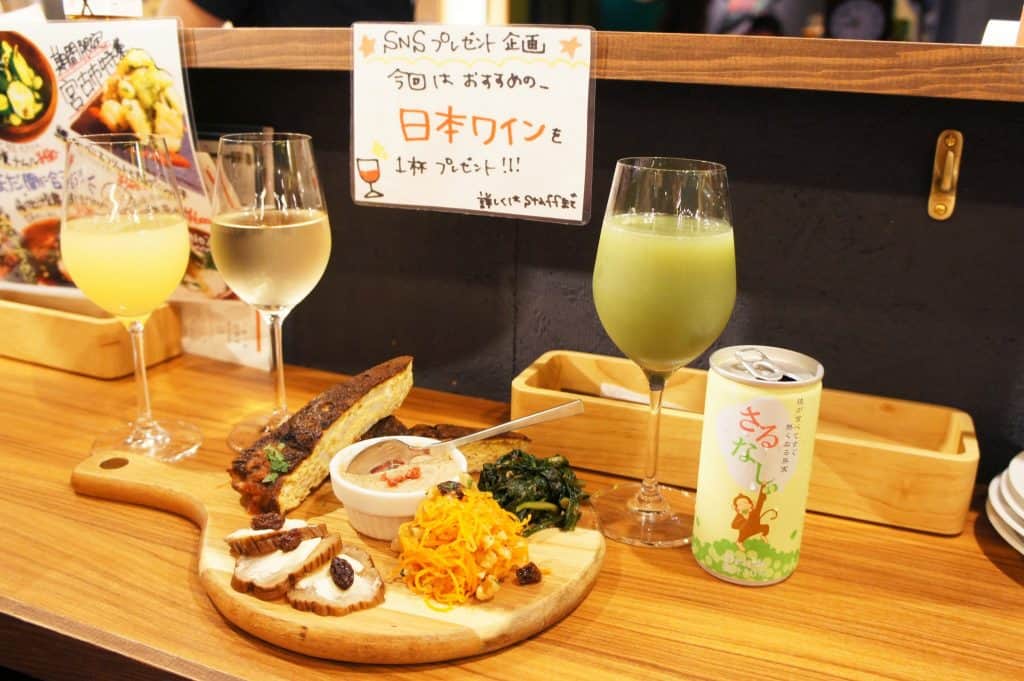
On our tasting plate: pickled (tsukemono) and smoked daikon with fresh cheese and raisins, grated carrots with candied yuzu, fish rillettes, tortilla and spinach. I could not exactly tell what was in each dish, but it was all unexpected and delicious. We could also taste Myoshi wine from Hiroshima, Nashi juice and apple juice.
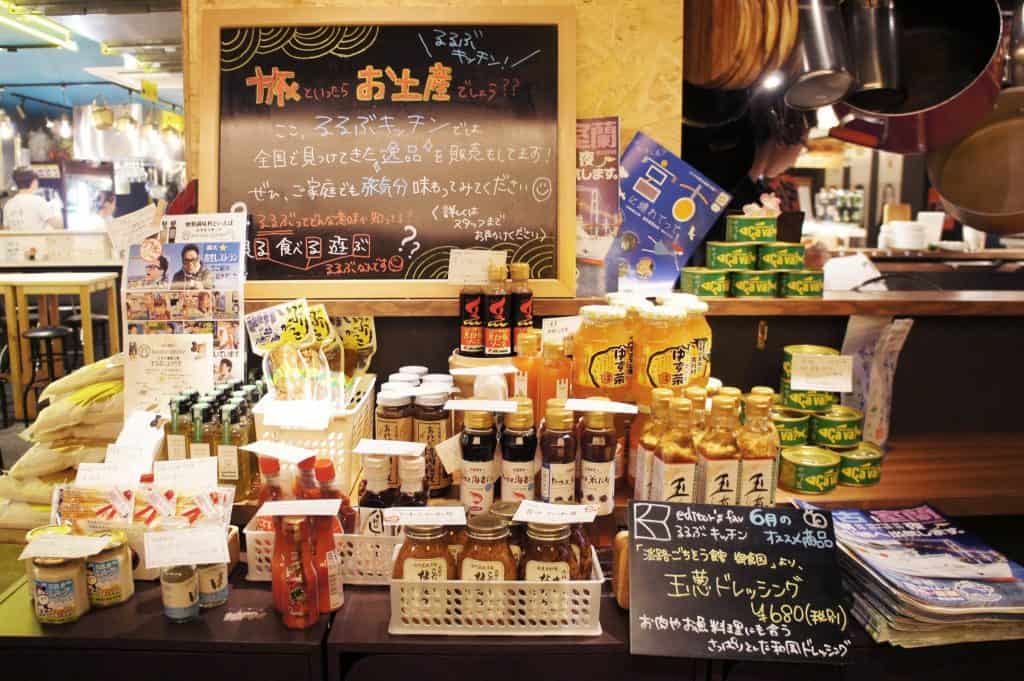
10. Smoked specialities at Smoke Star
And here is the tenth and final counter, Smoke Star, where you can taste all sorts of smoked dishes while sipping highball.
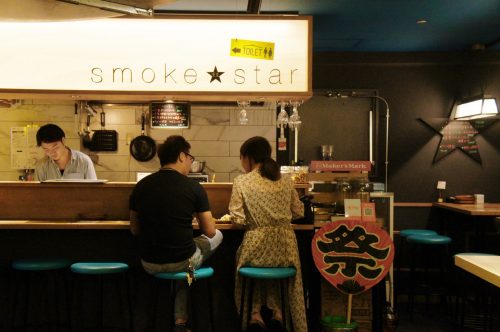
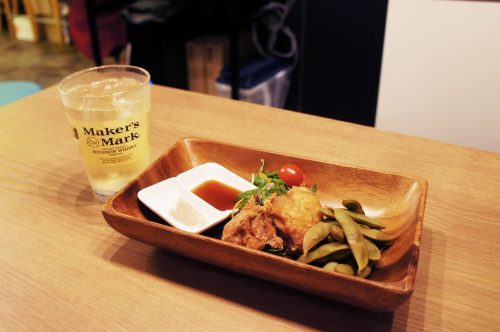
And once more, this culinary experience is surprising with two of Japanese izakaya’s staples: karaage (fried chicken) and edamame (soybeans), except those were smoked. My verdict? It is very tasty and gives a new perspective on these classics. The highball served here was rather surprising, too: Maker’s Mark bourbon whiskey, sparkling water, lemon and manganji hot pepper from Kyoto. A surprisingly spicy and refreshing cocktail.
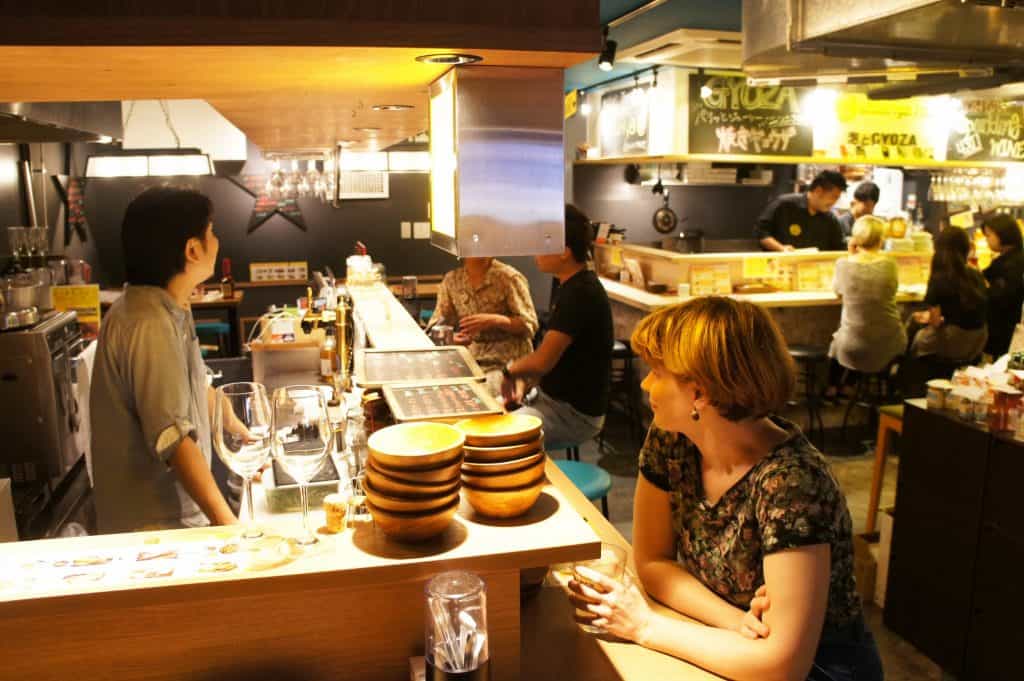
After five hours spent at the Karasuma Bar Yokocho and a very full stomach, I was truly delighted by the experience: tasting such a variety of foods and drinks all the while taking the time to chat with my friends and the staff from each counter. It as much a culinary experience as a social one, far from a simple night spent at a restaurant or an izakaya. 100% tested and approved.
How to get to Karasuma Bar Yokocho de Kyoto ?
The Karasuma Bar Yokocho is located in the heart of Kyoto: a 3-minute walk from Karasuma Oike station, right across from Kyoto Museum. You will only need 5 minutes if you are walking there from the famous Nishiki market or the neighbouring Taramachi shopping centre, 25 minutes from Gion, 20 from Nijo Castle… You get it, if you are passing by Kyoto, chances are you will be very close to it at some point.
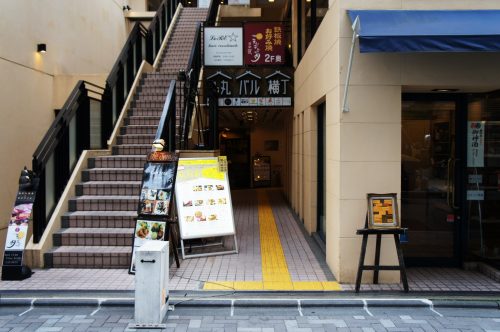
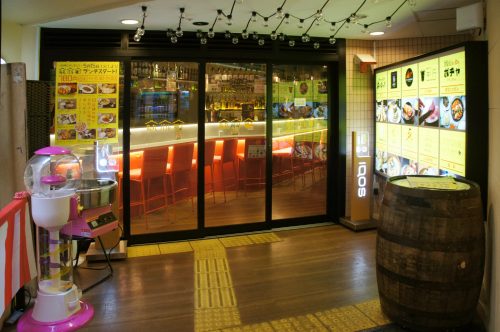
A voice from Bar Yokocho
Yokocho was derived from the black market after World War 2. And even now, Yokocho, which locates all over Japan, has been rooted as one of the original cultures in Japan. Yokocho used to be a middle-aged man’s oasis before, but recently, the young generation, especially ladies and foreign tourists, are visiting Yokocho and enjoying hopping. This is why the company ‘Recruit’ predicted epidemics of the year 2016 as Yokocho Renaissance. The new movement of young ladies that visit this venue, like tourists to take pictures for posting SNS, and enjoy communicating with a middle-aged man who supports these venue’s business without any complicated human relationship but has a warm heart, has been spreading recently. And Neo Yokocho stimulates the trend. There have been born new places that can feel good old days but, on the other hand, serve stylish food, drink and hospitality in Tokyo and other regions.
Bar Yokocho which opened three places consecutively at Kamata (downtown Tokyo), Akasaka (the premier business district of Tokyo) and Karasuma (the premier business district of Kyoto), is the Representative of that trend. Bar Yokocho is a new style of a fun place to hop, which unites Spain and Japan’s bar culture. In Spain, people enjoy hopping to bars with specialities at night, and the bar is a watering hole to local people.
Also, in Japan, ‘cho’ as in the word ‘Yokocho’ has a meaning of ‘meet’ and ‘come and go.’ So it was named Bar Yokocho. So please enjoy! Feel free to visit the Akasaka Bar Yokocho website (in Japanese) to learn more.
Original text: Clémentine Cintré
Translation: Marion Pont
Sponsored by Karasuma Bar Yokocho
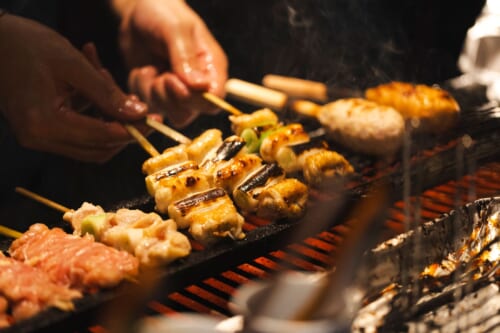
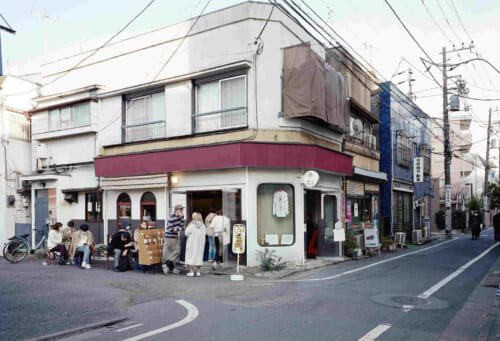
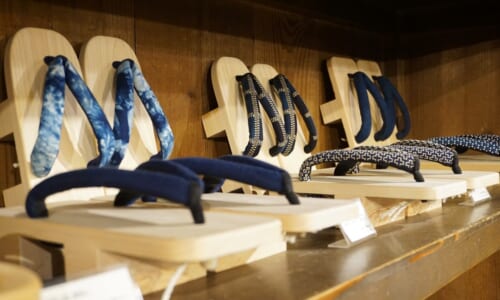
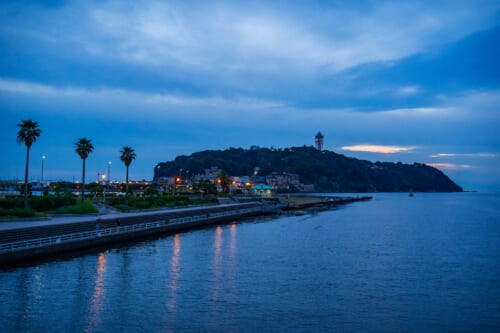
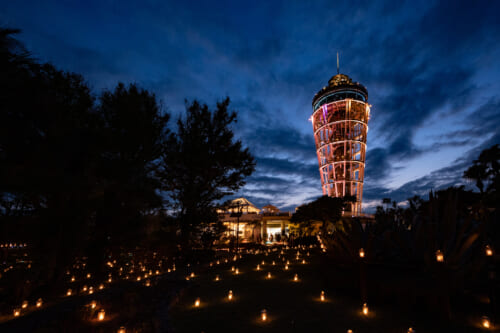

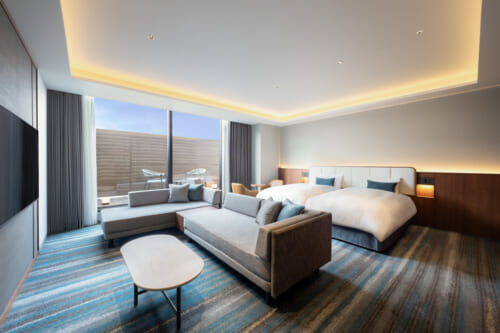

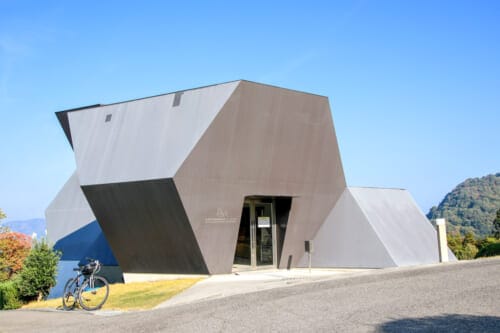


No Comments yet!